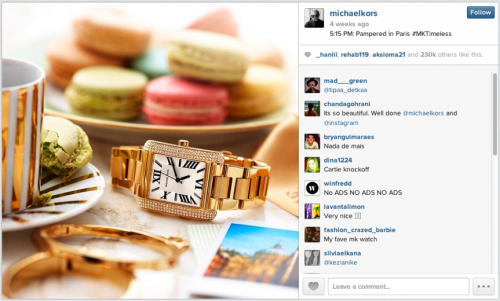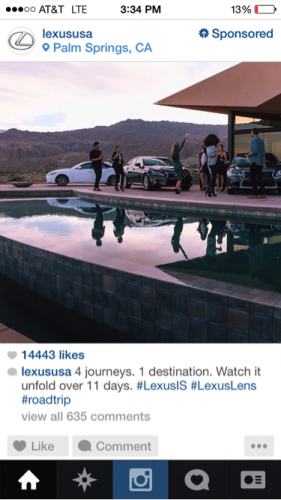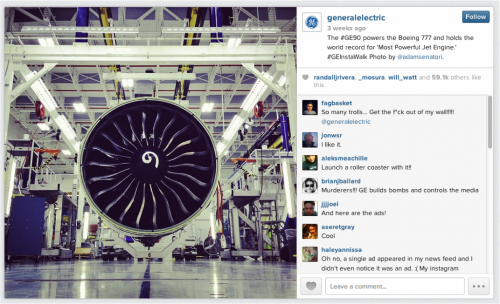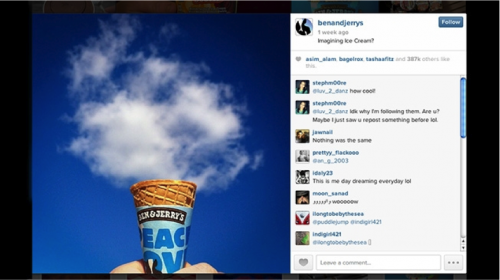The highs and lows of Instagram ads
At the beginning of this month, Instagram rolled out ads for the first time. The image and video-sharing platform debuted its newsfeed ads through a post from fashion label, Michael Kors. The much-documented reaction was mixed; while the photo obtained over 150,000 likes in just 7 hours, it also attracted a number of negative comments.

Since then, a handful of big brands have joined Michael Kors in venturing down Instagram’s advertising path, including Burberry, adidas, Levis, Lexus and Ben & Jerry’s. Now, one month in, it is clear that some ads have been more successful than others.
In the early days, user reaction to ads of any kind on Instagram was not particularly positive. Lexus, for example, had a wave of criticism similar to that of Michael Kors, with its post getting 1000 comments – most of which were negative.

General Electric received an equally unfavourable response when it put out its first sponsored post in early November.

In contrast, Ben & Jerry’s is one of the first Instagram ad success stories. Named by Ad Week as the “early winner in [the] Instagram ad race”, the ice cream brand is really getting it right. Recent data revealed that Ben & Jerry’s has seen a 20% increase in followers since it began using ads, and its posts are receiving significantly less criticism than any other brand advertising on Instagram.

The initial reaction to Instagram ads is not unusual – the same reaction was seen when Facebook began to monetise its platform five years ago, and when Twitter first introduced Promoted Tweets.
Though the first newsfeed ads have been bombarded with comments (both positive and negative), this is mainly a response to Instagram itself, rather than the brands using it. Though user comments show divided opinions, the huge number of likes seen across the first sponsored ads – much more than each brand’s organic posts – shows that clearly not all users are averse to the new updates.
As a young advertising platform, Instagram’s targeting opportunities are less sophisticated than its competitors. At the present time, it is vital that promoted content is relevant and interesting for as broad an audience as possible. This is where Ben & Jerry’s are outperforming other ad brands; they focus on awareness, rather than obviously driving sales. Their content is simple, pleasing to look at and – importantly – free of promotional slogans and sales messaging. Most importantly, Ben & Jerry’s produce images similar to those users would upload themselves, allowing seamless integration with the newsfeed without looking out of place.
Before advertising on Instagram, it is important for brands to consider whether this is the right platform for them, and how relevant their content will be for the typical user. Those going ahead would do well do well to take some tips from Ben & Jerry’s.